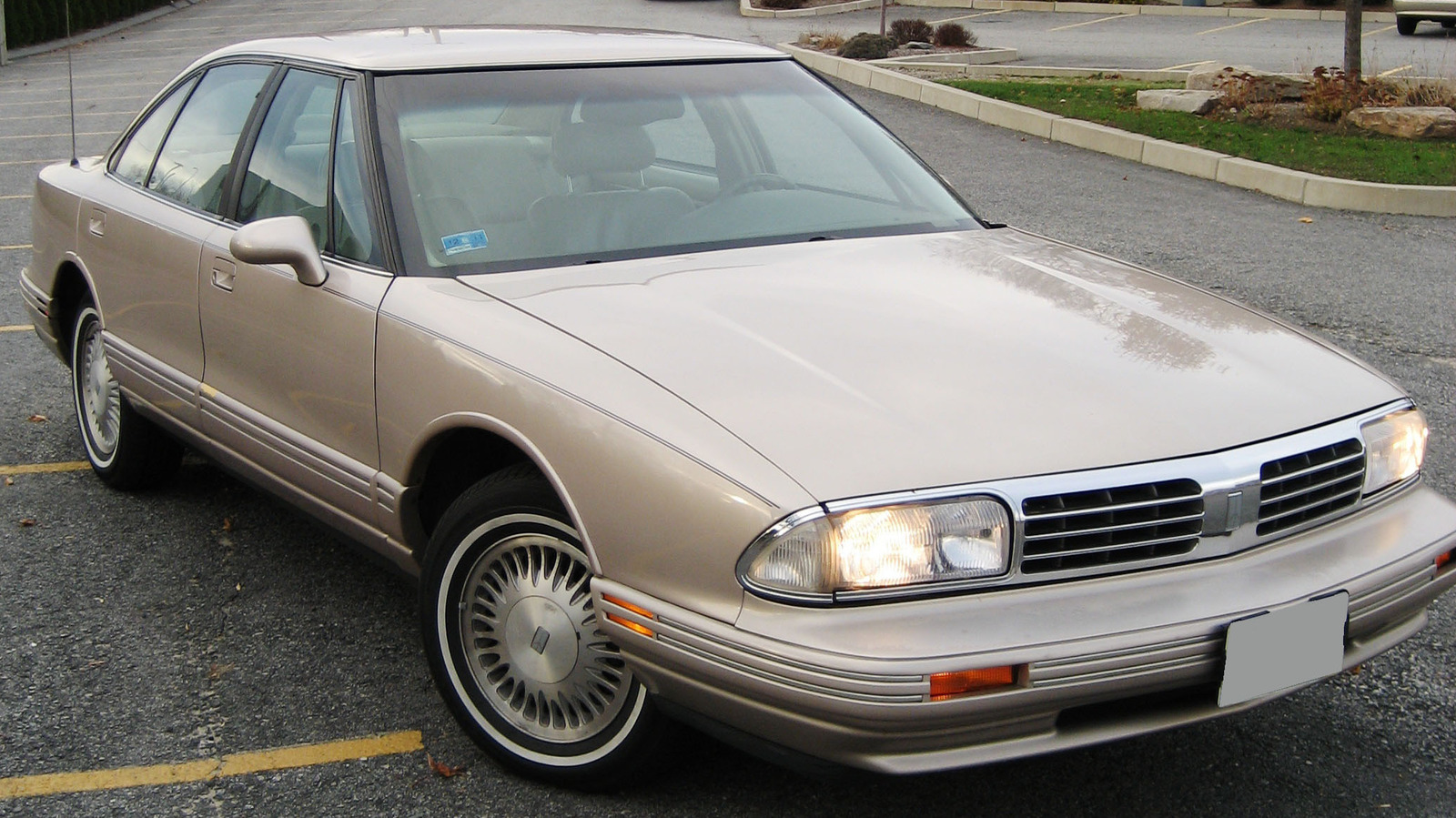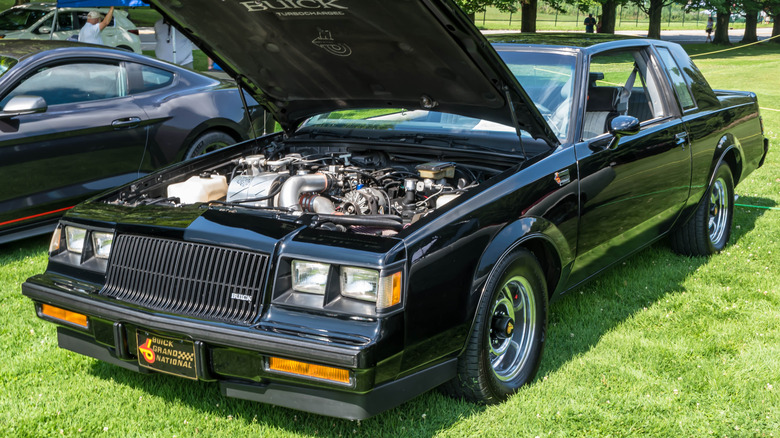There’s not much of an argument among enthusiasts that Chevrolet’s small-block V8 engine is the most prolific engine ever produced by General Motors. If you include the later versions like the LT1 and LS in your definition of “small-block” like GM does, more than 100 million units have been produced since 1955. That said, GM’s 3.8-liter V6 was no slouch either, powering more than 25 million vehicles with bulletproof reliability since its introduction in 1975 well into the 2000s.
Later known as the 3800 for its displacement in cubic centimeters, this humble motor has its origins in the first manufactured V6 in North America: Buick’s Fireball V6. Reportedly, the Fireball V6 had considerable vibration because of its odd firing order, so GM sold the design and tooling to Kaiser Jeep in the mid-1960s to be used in their Jeeps and no-frills SUVs like the Commando, where the rough running wouldn’t be as objectionable.
Fast forward to the mid-1970s and a nation in the grip of an oil crisis. In its quest for fuel efficiency with minimal effort, GM buys back the rights to its V6 from a financially troubled AMC, who by then, owned Jeep. The engine’s displacement was punched out to the 3.8 liters, the crankshaft was redesigned for smoother idle, and viola! However, the mundane V6’s future was about to take a turn for the better when Buick was asked to provide a pace car for the 1976 Indianapolis 500-mile race.
The 3800 was a staple of front-wheel drives
Instead of choosing a heavy and lethargic Malaise-era V8 engine for 1976 pace car duties, Buick opted to add a turbocharger to its newly-reacquired (and lighter) V6 for more power. That combination was then shoehorned under the hood of a specially painted Century coupe. We all know where this is going, right? In 1978, the turbocharged V6 officially became available to the public as an option in Buick’s LeSabre and Regal models. The latter of those would morph into the Regal T-Type and Grand National, which dethroned the Corvette as the fastest accelerating American-made car in 1986 and 1987.
Understandably, it’s easy to reminisce about the exciting rear-wheel drive muscle car variants of the 3.8-liter V6. However, that same motor, sans turbo, was instrumental to GM surviving by transitioning to mostly front-wheel drive platforms. During its conversion to the 3800, the venerable workhorse gained fuel injection and a newfangled distributorless ignition system. Then it was mounted sideways in the engine bays of just about every boring GM mid-size and full-size car.
I’m talking about such classics as the Pontiac Bonneville, Buick LeSabre, Chevy Lumina, Oldsmobile Eighty Eight, and a bunch of other vehicles that looked like they melted from being left in the sun too long. In other words, pretty much the entire inventory of your local buy here, pay here used car lot is 3800-powered.
It’s virtually indestructable
The 1990s were dark times for GM, but still, the front-wheel drive 3800 platform should be commended for its role in making the automaker somewhat competitive with imports from Toyota and Honda. While the vehicles themselves may have been flawed, the powertrain earned a well-deserved reputation for reliability and durability. There’s anecdotal evidence in every corner of the internet of these engines lasting a quarter-million miles or more, or being badly hydrolocked, yet still running on just two cylinders.
In a recent YouTube video, one mechanic declares the 3800 V6 to be “the best engine GM ever made.” He continues, “these engines have a propensity of outlasting every transmission that’s been bolted to them, outlasting every chassis that they’ve been bolted into.” And just as its predecessor, the 3.8 liter V6, went from mild to wild with turbocharging, the 3800 eventually got forced induction of its own in the form of a supercharger. That L67 mill made 240 horsepower, which might seem lame nowadays but was a pretty big deal in the mid-1990s — even if you had to endure driving an old person’s car to snag one under the hood.



